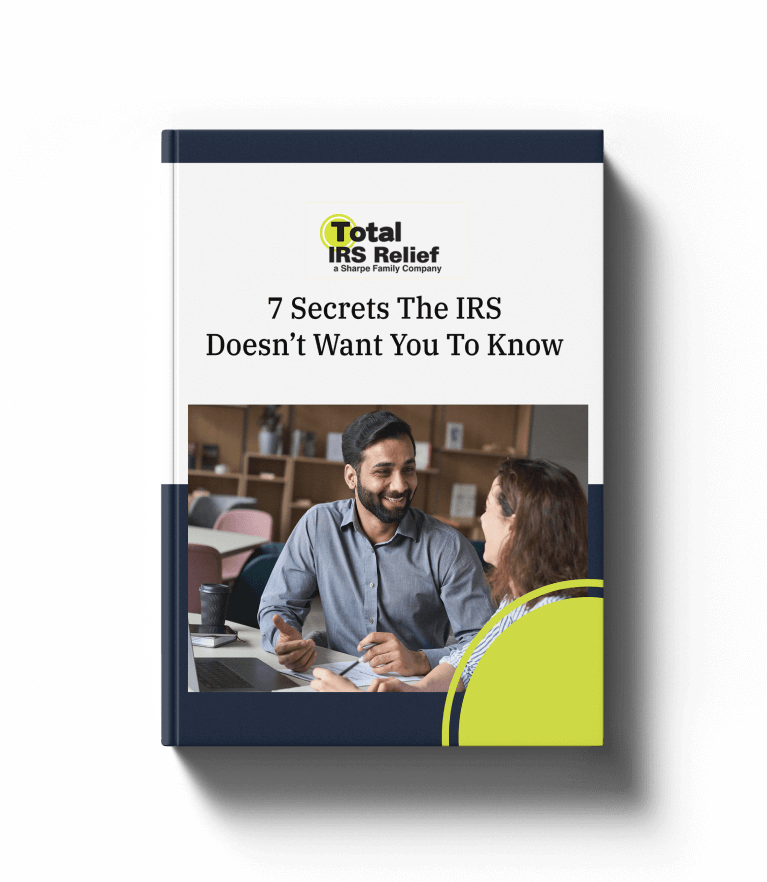
A wage garnishment hits harder than almost any other IRS action.
One day, your paycheck looks normal.
The next day, the IRS has already taken 20–25% before you even see it.
In both Illinois and Nevada — for different reasons — losing that income creates immediate crisis:
In Peoria:
Mortgage, utilities, groceries, car repairs, and medical bills are already tough to manage.
In Las Vegas:
Rent, gas, insurance, and childcare are expensive, and most people rely heavily on consistent pay.
The good news is that wage garnishments can be stopped — and often faster than people expect.
Here’s the full guide.
How Wage Garnishment Works
Before the IRS can touch your paycheck, they must send:
A series of collection notices
Escalating warnings
A Final Notice of Intent to Levy
When that final notice expires, the IRS can contact your employer and require them to:
Deduct part of your wages
Send it directly to the government
Continue until the debt is resolved or the levy is released
There is no judge and no court case first.
Why Wage Levies Hit Illinois Residents Hard
Illinois families often run lean monthly budgets due to:
High childcare
Rising rents
Medical costs
Fluctuating manufacturing/trade hours
Supporting extended family
Vehicle insurance and car repair expenses
Commuting costs across counties
When a wage levy hits during a slow month, the fallout is immediate.
Why Wage Levies Hit Nevada Residents Hard
Nevada households, especially Las Vegas, struggle with:
Volatile hospitality & gaming income
Rising rent
Dependence on car transportation
Tip income fluctuations
Spousal separation creating two households
Family members supported by one main income
High insurance costs for drivers
A levy during a slowdown (which happens often in hospitality) can destabilize everything.
Step One: Identify the Correct IRS Unit
Wage levies may be controlled by:
Automated Collection System (ACS)
Local IRS revenue officers
Specialized field units
(Separate from this) Nevada wage garnishments from other agencies
Trying to negotiate with the wrong office wastes critical time.
Total IRS Relief identifies the correct IRS staff quickly.
Step Two: Stop the Levy — Fastest Options
1. Hardship Release (Most Common and Fastest)
If the levy causes you to:
Miss rent/mortgage
Be unable to buy groceries
Fall behind on utilities
Miss car payments
Lose access to medical care
Lose childcare
Risk eviction or repossession
…the IRS can pause or release the levy.
2. Filing Missing Returns
Unfiled returns put the IRS in “aggressive mode.”
Filing missing years often triggers:
A temporary pause
A reduced levy
A full release (depending on circumstances)
3. Temporary Collection Hold
A hold pauses everything while you:
Submit documents
Catch up on compliance
Negotiate a long-term plan
4. Installment Agreement
A reasonable monthly payment amount can replace the garnishment once approved.
5. Offer in Compromise
If you qualify for settlement, enforcement may pause while the case is reviewed.
6. Appeals (When the IRS Breaks Procedure)
If:
Notices went to the wrong address
You were denied your right to a hearing
There are errors in your IRS record
…the levy can be overturned.
What the IRS Needs
To release or reduce a levy, the IRS usually needs:
Recent pay stubs
2–6 months of bank statements
Rent/mortgage statements
Utility bills
Car payments and insurance
Medical bills
Childcare invoices
Proof of dependents
A complete financial statement
Total IRS Relief organizes this into IRS-ready format — structured, clear, and impossible to misunderstand.
Why Levies Are Often Released Faster Than People Expect
Because once the IRS sees:
That a levy creates hardship,
That your real-life expenses exceed their outdated assumptions, or
That you simply cannot survive with the reduced income…
…they typically adjust quickly.
This is especially true for:
Illinois households with high childcare + commuting
Nevada households with volatile hospitality income
Anyone with medical or elder-care expenses
Anyone supporting extended family
Anyone with seasonal or unpredictable income
After the Levy Is Released
Stopping the garnishment is the immediate goal.
Preventing it from returning is the long-term goal.
Total IRS Relief helps clients evaluate:
OIC (settlement)
Partial-pay installment agreements
Full installment agreements
Currently Not Collectible (CNC)
Penalty abatement
Audit reconsideration
Nevada-specific income corrections (for gaming-related returns)
A levy should be the last crisis — not a recurring one.
Final Thought
A wage garnishment feels like the IRS has all the power.
But with the right steps, you can get your paycheck back — and rebuild stability.
Total IRS Relief helps Illinois and Nevada taxpayers stop wage levies quickly and create long-term solutions that keep enforcement from returning.
Enter your contact information to schedule your FREE one-on-one consultation. Our tax experts will get back to you as soon as possible.

